Address
304 North Cardinal St.
Dorchester Center, MA 02124
Work Hours
Monday to Friday: 7AM - 7PM
Weekend: 10AM - 5PM
A laser cleaning machine is a technology used to remove contaminants, coatings, rust, and unwanted materials from surfaces. The principle of laser cleaning involves several key steps:
1. Laser Source: Laser cleaning machines use a high-intensity laser source, typically a fiber laser or a pulsed laser, with a specific wavelength that matches the absorption characteristics of the material or substance to be removed.
2. Absorption of Laser Energy: When the laser beam interacts with the contaminant or unwanted material on the surface, the material absorbs the laser energy. This absorption causes a rapid increase in temperature at the target area.
3. Thermal Expansion and Ablation: The rapid temperature increase leads to thermal expansion and, in some cases, sublimation or vaporization of the contaminant or material. As a result, the substance is loosened or turned into a gas.
4. Pressure Shock Wave: The rapid expansion and vaporization of the material generate a pressure shock wave. This shock wave physically dislodges and removes the contaminant or unwanted substance from the surface.
5. Capture and Ventilation: The removed material is often captured by a ventilation or extraction system to prevent recontamination and ensure safe disposal.
6. Surface Preservation: Laser cleaning is a non-contact process, so the underlying substrate is minimally affected, preserving the integrity of the surface. It avoids the damage that can occur with abrasive methods or chemical cleaning.
The effectiveness of laser cleaning depends on the material to be removed, the type of laser used, the energy settings, and the appropriate safety measures, as laser systems can be powerful and potentially hazardous if not used correctly.
A laser cleaning machine is a technology used to remove contaminants, coatings, rust, and unwanted materials from surfaces. The principle of laser cleaning involves several key steps:
1. Laser Source: Laser cleaning machines use a high-intensity laser source, typically a fiber laser or a pulsed laser, with a specific wavelength that matches the absorption characteristics of the material or substance to be removed.
2. Absorption of Laser Energy: When the laser beam interacts with the contaminant or unwanted material on the surface, the material absorbs the laser energy. This absorption causes a rapid increase in temperature at the target area.
3. Thermal Expansion and Ablation: The rapid temperature increase leads to thermal expansion and, in some cases, sublimation or vaporization of the contaminant or material. As a result, the substance is loosened or turned into a gas.
4. Pressure Shock Wave: The rapid expansion and vaporization of the material generate a pressure shock wave. This shock wave physically dislodges and removes the contaminant or unwanted substance from the surface.
5. Capture and Ventilation: The removed material is often captured by a ventilation or extraction system to prevent recontamination and ensure safe disposal.
6. Surface Preservation: Laser cleaning is a non-contact process, so the underlying substrate is minimally affected, preserving the integrity of the surface. It avoids the damage that can occur with abrasive methods or chemical cleaning.
The effectiveness of laser cleaning depends on the material to be removed, the type of laser used, the energy settings, and the appropriate safety measures, as laser systems can be powerful and potentially hazardous if not used correctly.
Laser cleaning machines have a wide range of applications across various industries due to their precision and effectiveness in removing contaminants, coatings, and unwanted materials from surfaces. Some common applications of laser cleaning machines include:
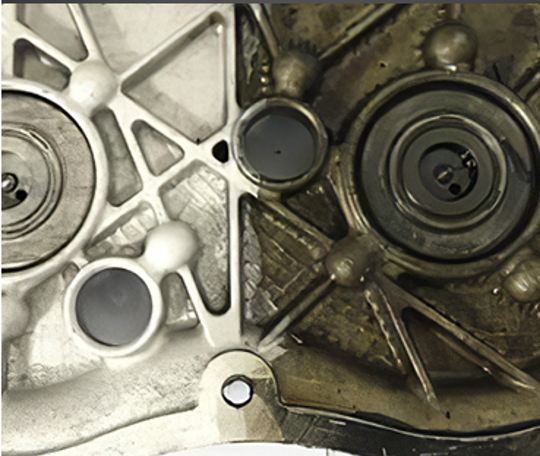
In the automotive, aerospace, and construction industries, laser cleaning is used to remove rust and oxide layers from metal surfaces, restoring components to their original condition.
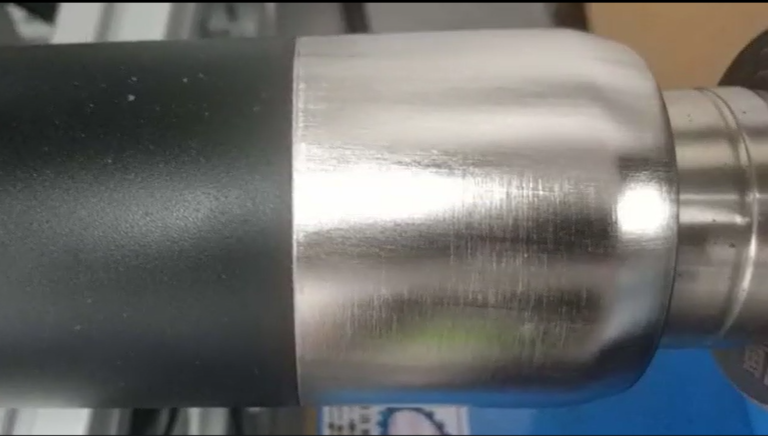
Laser cleaning is an eco-friendly alternative to traditional paint stripping methods, used in the automotive, shipbuilding, and aerospace industries.
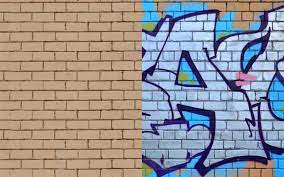
Municipalities and property owners use laser cleaning to remove graffiti and unwanted coatings from buildings, monuments, and public infrastructure

Laser cleaning is employed to restore delicate historical artifacts, sculptures, and artworks without causing damage or altering the original materials.
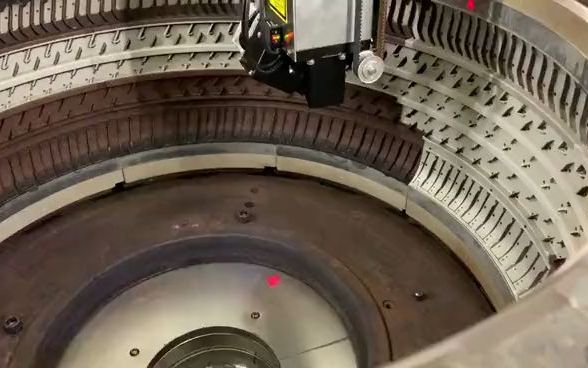
Laser cleaning is employed to restore delicate historical artifacts, sculptures, and artworks without causing damage or altering the original materials.
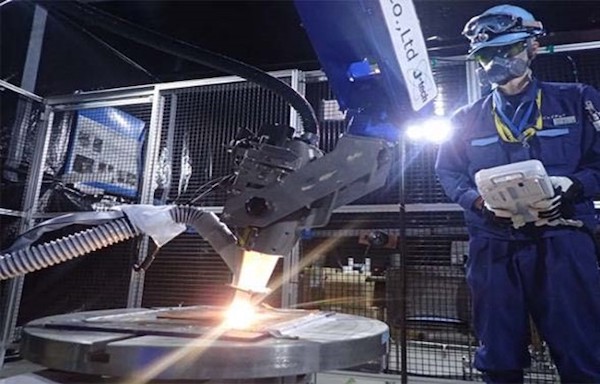
In nuclear facilities, laser cleaning helps decontaminate surfaces and remove radioactive contaminants safely.
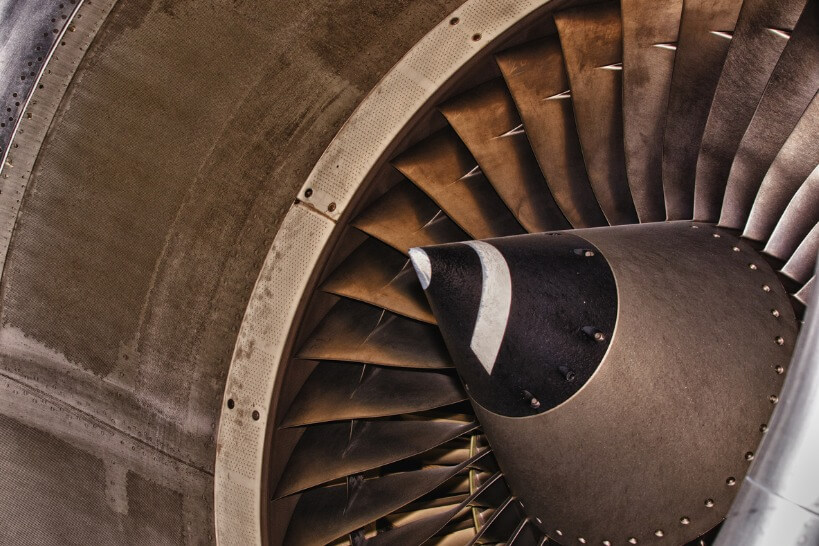
Laser cleaning is used to remove contaminants and oxidation from aircraft components, ensuring safe and efficient operation.
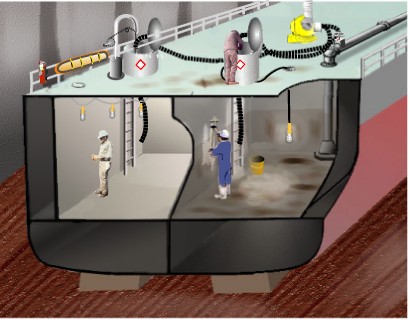
In shipyards, laser cleaning is used to remove rust, marine growth, and coatings from ships, ensuring safety and improving the lifespan of vessels.
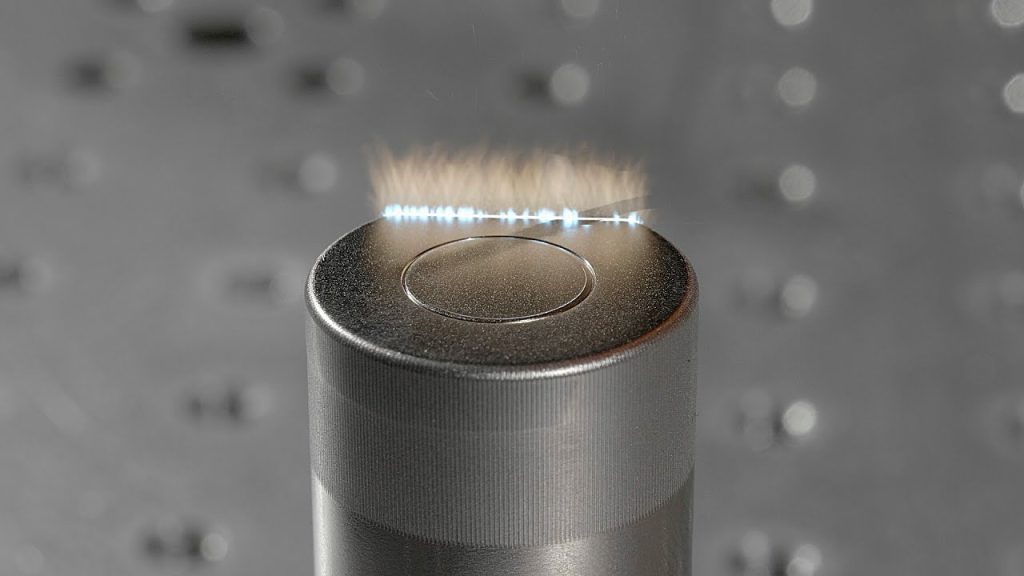
Laser cleaning is employed to remove residues and contaminants from electronic components and circuit boards during manufacturing.
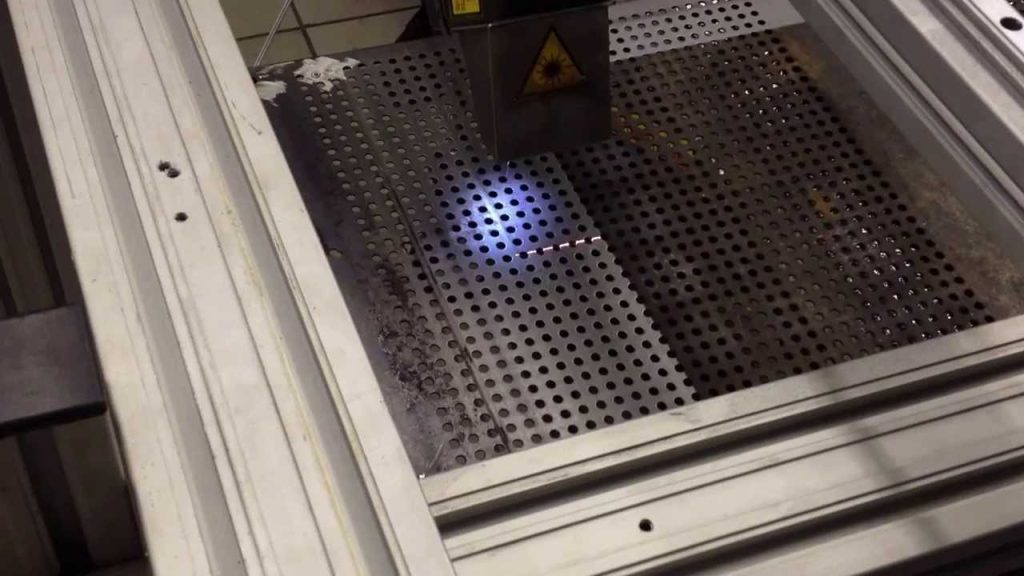
Laser cleaning is used to sanitize and clean production equipment in the food and pharmaceutical industries to meet stringent hygiene standards.
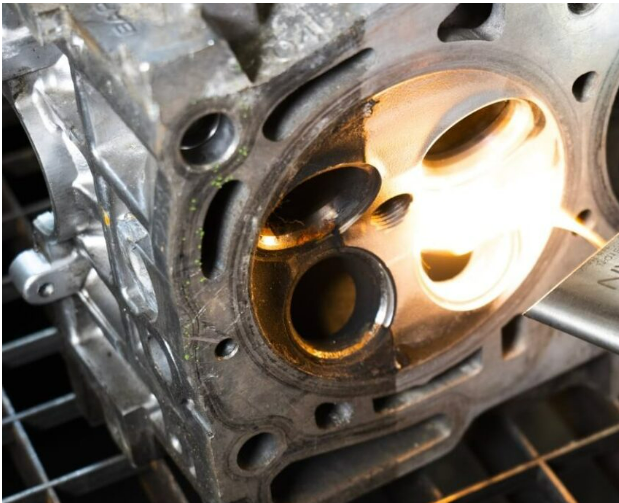
Laser cleaning helps maintain the integrity of pipelines, removing corrosion and contaminants to prevent leaks and improve the lifespan of infrastructure.
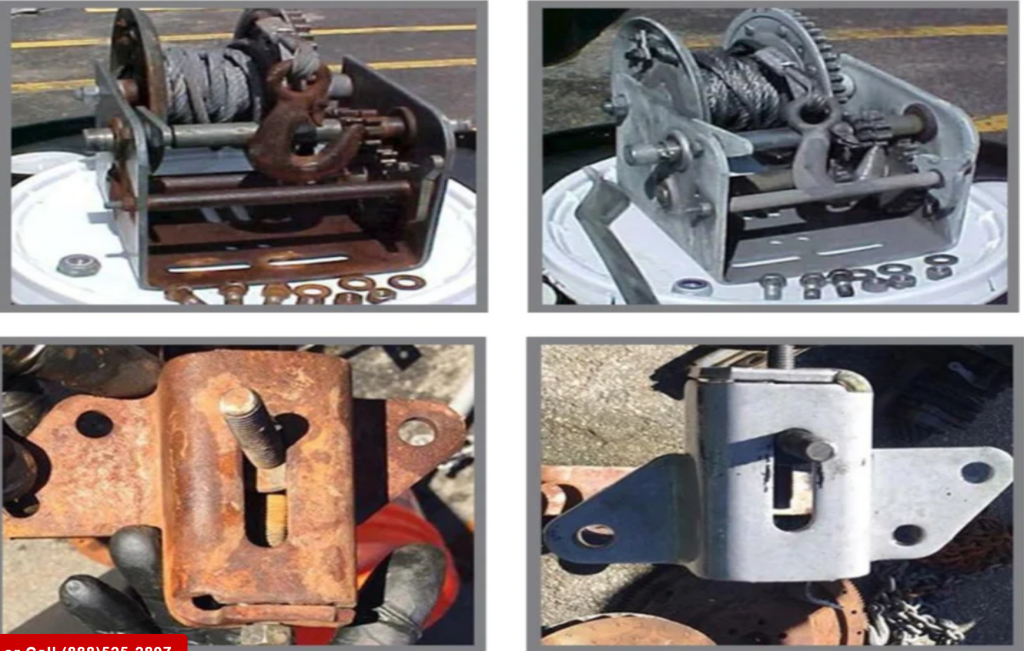
In the construction industry, laser cleaning is used to remove paint, coatings, and debris from equipment, ensuring their optimal functioning.
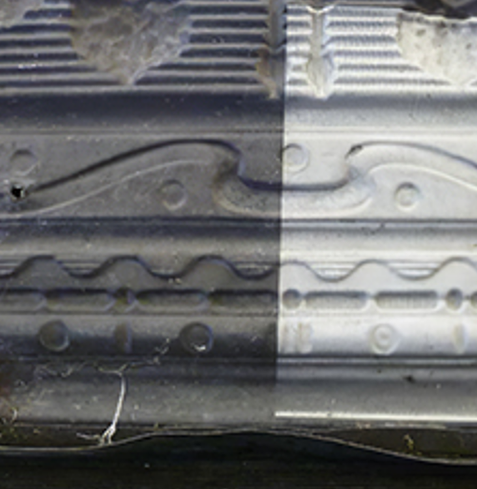
Laser cleaning is applied to clean historical monuments, buildings, and stonework to restore their original appearance.
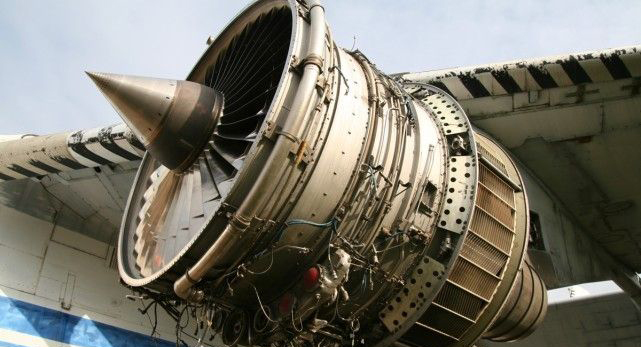
Aerospace manufacturers use laser cleaning to prepare components for bonding and coating processes, ensuring strong adhesion.
Handheld laser Cleaning machine
Supporting automated laser marking module
Robot laser cleaning machine
More industry laser cleaning solutions
